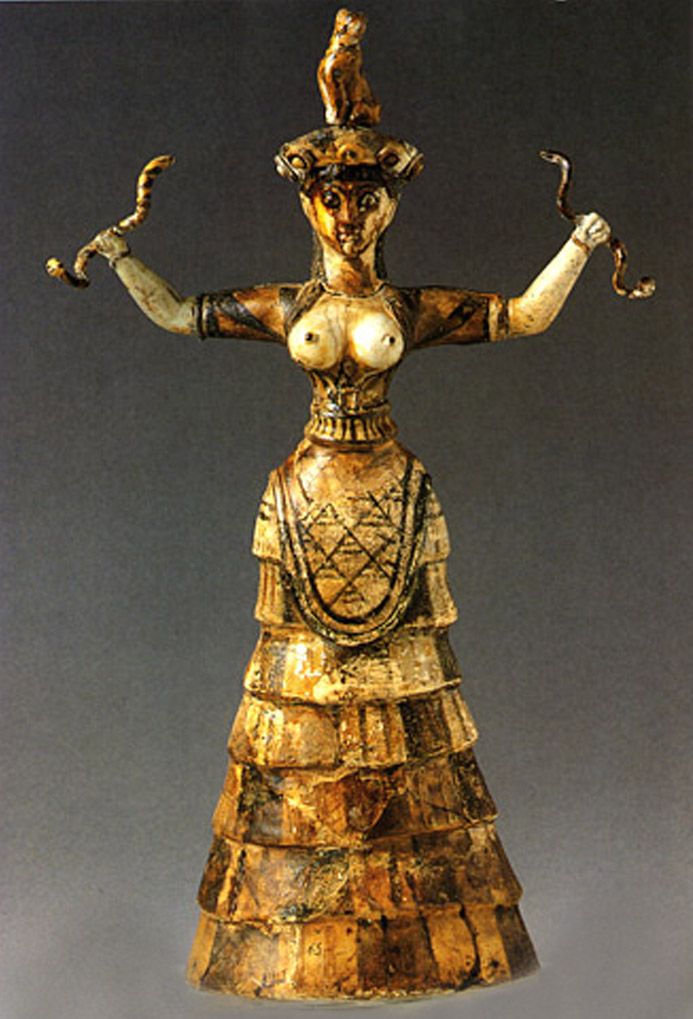
Temple of Artemis at Ephesus
Learning from Rudolf Steiner about Easter and Ancient Greek Moon GoddessArt, Symbols and Signs, Spirituality
Esoteric teachings of Golden Citizens of Ancient Greece
by N Pantovic
Ancient Greek Myth and Artemis as the twin sister of Apollo
In Greek myth, Artemis is the twin sister of Apollo (Sun), a virgin huntress, the Greek goddess of the Moon, named Diana in Rome. On the coins she rests either arm on a staff formed of entwined serpents.
Alexander the Great and Arisotle with Artemis
At Ephesus, Turkey, we find remains of an Artemis (Ἄρτεμις ) Temple destroyed the very same day when Alexander the Great was born. When asked why wasn't she able to protect her own home, the temple in Ephesus, that was burnt by madmen in 356 BC, she said that she was in Pella, the capital of Macedonia (near Thessaloniki), assisting at Olympius and Philip son's birth. The Temple was so impressive that it was together with Egyptian pyramids listed as one of the 7 wonders of the world.

Minoan Snake Goddess Figurine 1600 BC Knossos, Crete
An inscription dating 300 BC, associates Ephesian Artemis with Crete: "To the Healer of diseases, to Apollo, Giver of Light to mortals, Eutyches has set up in votive offering [a statue of] the Cretan Lady of Ephesus, the Light-Bearer."
Rudolf Steiner in his Ephesian Mysteries Lecture meditates that the "two Initiates of the Ephesian Mysteries were reincarnated in Aristotle and in Alexander. And these Individualities then came near what was still to be felt of these things in their time in the Mysteries of Samothrace."

 Log in with Facebook
Log in with Facebook 





